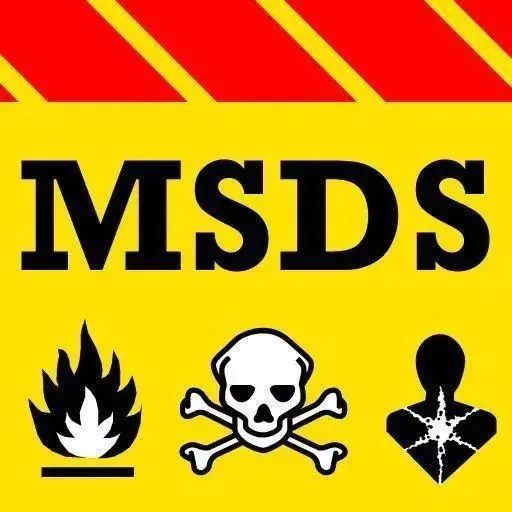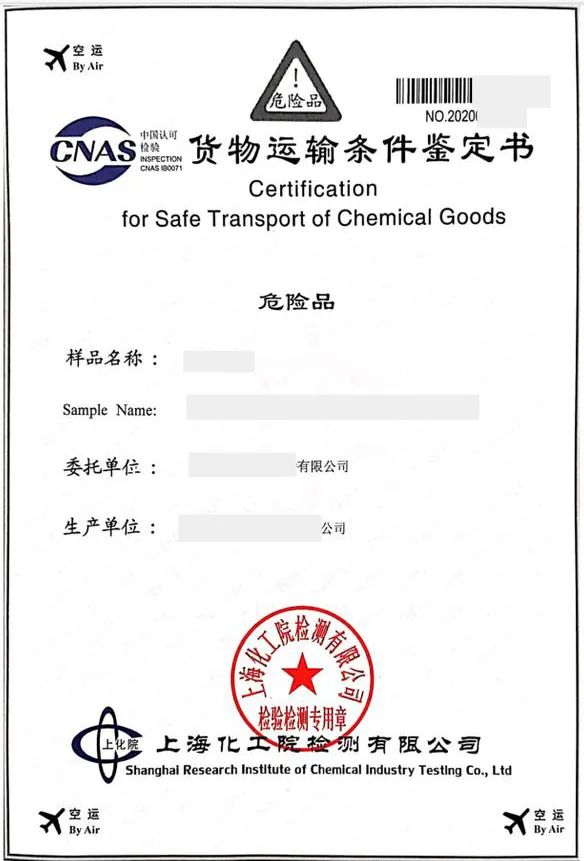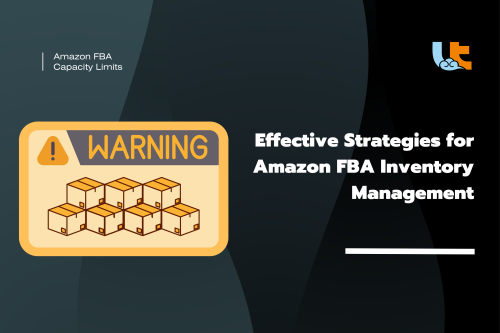
In the field of logistics and transportation and dangerous goods management, we come across MSDS reports and Cargo Transportation Identification Reports. Do you understand what they are respectively? And what is the difference between the two? To help you better understand, we have prepared a detailed guide.
What is MSDS?
MSDS (Material Safety Data Sheets) is a comprehensive legal document required by law for chemical manufacturers or sellers to provide customers with information about the characteristics of chemicals (e.g., PH value, flammability, etc.) and possible hazards to the health of users (e.g., carcinogenicity, teratogenicity, etc.).
To put it simply, it is equivalent to an “ID card” for the circulation of chemicals, and an MSDS corresponds to a product.
Overall, MSDS and Certification for Transport of Good, while each playing a different role, work together to ensure the safe transportation and compliance of hazardous materials.
Understanding and properly handling both types of reports can not only facilitate the smooth export of goods, but also reduce transportation risks and avoid unnecessary trouble.
What is included in a complete MSDS report?
MSDS usually contains the following 16 items, which are missing:
- Chemical and company identification: including product name, company information, etc.
- Ingredient information: chemical components and their proportions.
- Hazard identification: types of hazards and identification.
- First aid measures: measures to deal with emergencies.
- Fire-fighting measures: treatment in case of fire.
- Accidental leakage handling measures: Leakage handling methods.
- Operation and storage: Guidelines for safe operation and storage.
- Exposure Control/Personal Protection: Personal protective equipment and measures.
- Physical and Chemical Properties:Physical and chemical properties of the product.
- stability and reactivity: product stability and reaction information.
- toxicity information: toxicity information.
- ecological information: the impact on the environment.
- waste information: waste disposal methods.
- Transportation information: transportation requirements and precautions.
- Regulatory information: information on relevant regulations.
- Other information: other necessary information.
The role of MSDS report is to ensure the safety of chemicals in the process of use, storage, transportation and handling. If the MSDS provided is incorrect or the information is incomplete, it will face legal liability investigation.
What items must be provided with an MSDS?
Substances that are listed inside the Catalog of Hazardous Chemicals must be provided with an MSDS:
- Explosives
- Compressed and liquefied gases
- Flammable liquids
- Flammable solids, self-extinguishing articles and articles flammable in contact with moisture
- oxidizers and organic peroxides
- poisonous and infectious substances
- radioactive substances
- corrosive substances
- miscellaneous
What is Certification for Transport of Goods?
It is a report that identifies the safety of goods during transportation (including air, sea, road, rail, etc.).
It is usually issued by a professional testing or certification body to assess the safety and compliance of goods during transportation.
Difference between MSDS and Certification for Transport of Goods
Generally speaking, MSDS and Certification for Transport of Goods are required for battery products, magnetic goods, powder goods and liquid goods. We can visually compare them through the table below:
|
distinction |
MSDS |
Certification for Transport of Good |
|
overview |
Technical instructions describing information on the safe use, storage and handling of the chemical. |
Test reports or appraisal reports to assess the safety and compliance of the goods during transportation. |
|
Usage Scenarios |
For use in the production, sale, use and storage of chemicals. |
Used in the transportation of goods, especially when international transportation is involved. |
|
Form of issuance |
Manufacturers can prepare it on their own according to the product information and relevant laws and regulations, or they can commission a professional company to prepare it. |
It must be issued by a recognized or designated professional testing agency such as the Department of Navigation or the Department of Shipping. |
|
validity period |
Usually valid for a long period of time, unless laws and regulations change or new hazards are discovered that require reprogramming. |
It is usually a natural year and cannot be used across years. |
In a nutshell, MSDS and Certification for Transport of Good, although each plays a different role, work together to ensure the safe transportation and compliance of hazardous materials.
Understanding and properly handling both types of reports can not only facilitate the smooth export of goods, but also reduce transportation risks and avoid unnecessary trouble.










